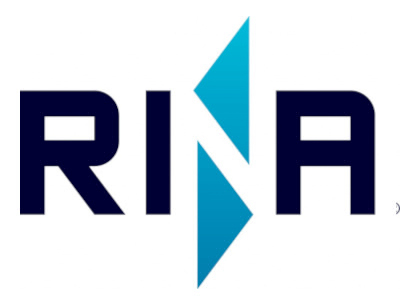Rules of Registro Italiano Navale
RINA is one of the founding members of the International Association of Classification Societies. Its "Rules for the Classification of Ships and Offshore Units" provide authoritative technical standards for ship design, construction, and material selection, with systematic and rigorous requirements for hull structural steel plates.
RINA (formerly Registro Italiano Navale) is one of the founding members of the International Association of Classification Societies (IACS) and a globally recognized, historically significant classification society for ships and offshore structures. Its "Rules for the Classification of Ships and Offshore Units" provide authoritative technical standards for ship design, construction, and material selection, with systematic and rigorous requirements for hull structural steel plates to ensure structural integrity and safety under various operating conditions.
In terms of steel plate specifications, RINA classifies hull steel into ordinary strength grades (A, B, D, E) and higher strength grades (such as AH32, AH36, AH40, DH32, DH36, DH40, EH32, EH36, EH40), based on the structural importance, stress levels, and environmental temperature. Each grade has defined requirements for chemical composition, mechanical properties, and impact toughness. To ensure good weldability and resistance to brittle fracture, RINA standards strictly control the carbon equivalent (Ceq) and limit harmful elements such as sulfur (S) and phosphorus (P), with even stricter limits for high-strength steels and those intended for cold-service environments.
Mechanical properties are central to RINA’s plate requirements. The rules specify yield strength, tensile strength, elongation, and Charpy V-notch impact energy (KV2) at ambient and low temperatures (e.g., 0°C, -20°C, -40°C). For vessels operating in polar or cold waters, steel plates used in critical structural areas—such as side shells, decks, and bow sections—must pass impact tests at -40°C or lower to verify their toughness performance in low-temperature conditions.
Additionally, RINA sets detailed requirements for manufacturing processes, surface quality, dimensional tolerances, non-destructive testing (e.g., ultrasonic testing), and traceability. Steel production must be subject to inspection by RINA surveyors (WITNESS), with supervision throughout the entire process, including steelmaking, rolling, heat treatment, and testing. All plates used in primary load-bearing structures must be accompanied by complete material certification and maintain full traceability from slab to final product.
In summary, RINA ensures high reliability and long-term safety of marine steel plates in demanding maritime environments through a scientific material grading system, rigorous performance verification, and comprehensive quality control, providing solid technical support for the global shipbuilding and offshore industries.
Official Website: https://www.rina.org


